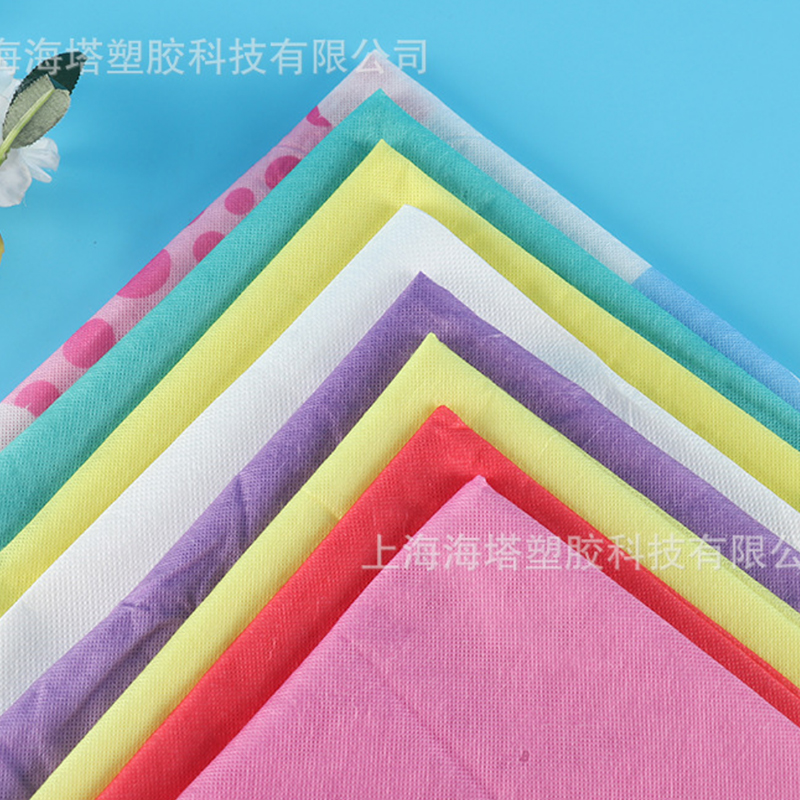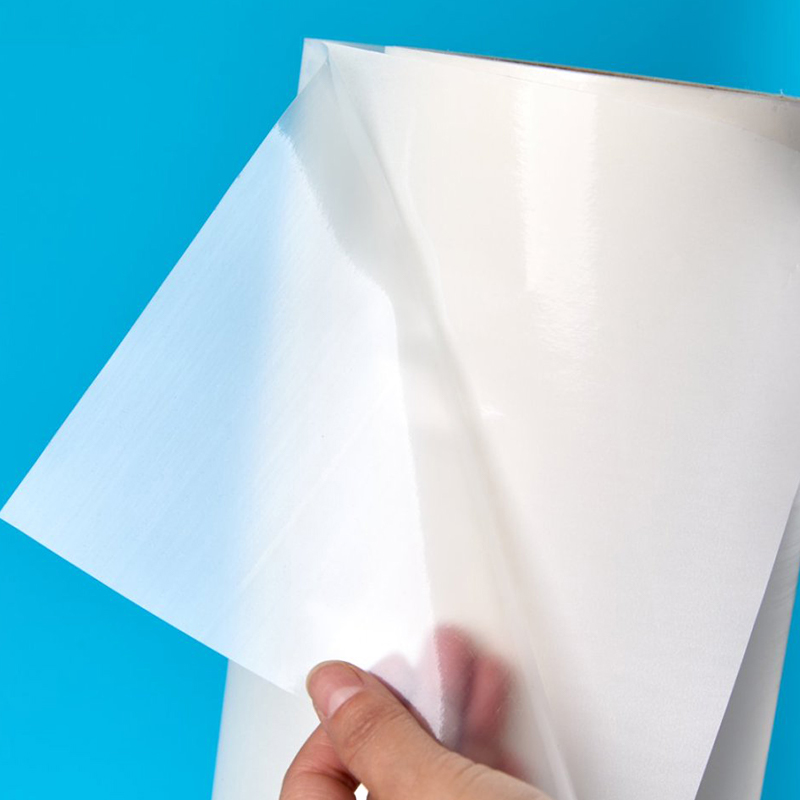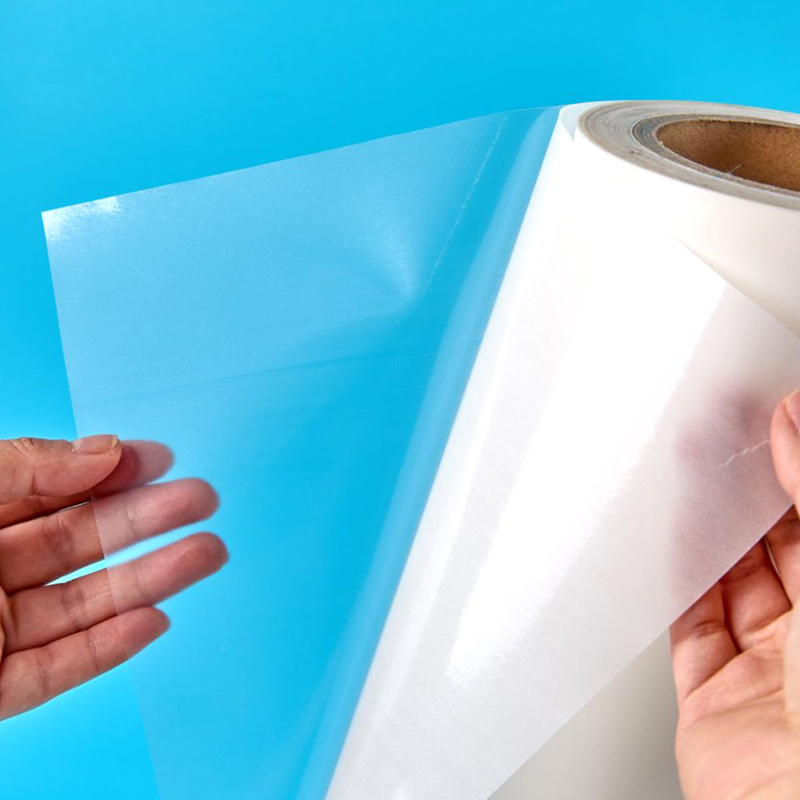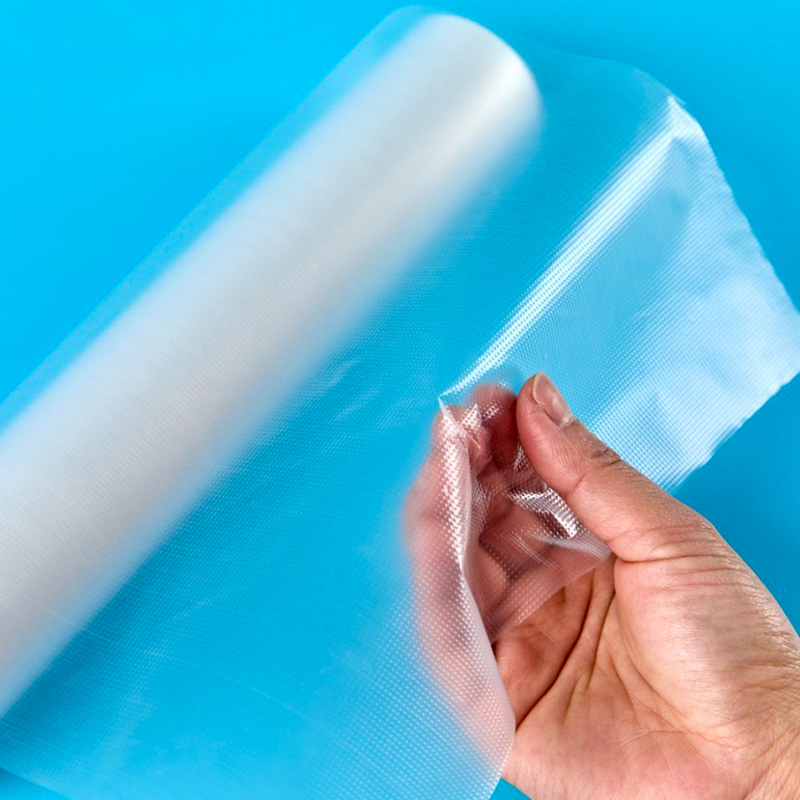Understanding Hot-Melt Film Technology for Textiles
The world of industrial textile manufacturing is continuously evolving, with adhesive technologies playing a pivotal role in enhancing product performance and production efficiency. At the forefront of this innovation are hot-melt films, thermoplastic adhesives that revolutionize how fabrics are bonded. Unlike traditional liquid adhesives or mechanical fastening methods like sewing, hot-melt films are 100% solid adhesives that become tacky upon heating and form a permanent, high-strength bond upon cooling. This process, known as heat sealing or lamination, offers a clean, consistent, and rapid alternative. The core principle involves placing the film between two substrates and applying specific heat and pressure, which causes the film to melt and flow into the fabric's pores. Upon cooling, it solidifies, creating a bond that is often stronger and more durable than the materials it joins. This technology is indispensable for creating seamless, waterproof, and flexible bonds in a vast array of applications, from automotive interiors to technical outerwear. The shift towards these films is driven by their ability to improve aesthetics, reduce production time, and enable the use of lighter and more advanced materials without compromising on structural integrity.
Key Properties of High-Performance Embroidery Hot-Melt Film
Not all hot-melt films are created equal, especially when the application involves delicate or complex processes like embroidery. A high-performance embroidery hot-melt film must possess a specific set of characteristics to ensure it enhances rather than hinders the final product. These films are engineered to provide stability, prevent stitch distortion, and offer a clean, professional finish on the reverse side of embroidered logos and designs.
Essential Characteristics for Optimal Performance
The effectiveness of a hot-melt film in embroidery applications is judged by several critical properties. These characteristics work in concert to deliver a bond that is both robust and unobtrusive.
- Low-Temperature Activation: A crucial property is the film's melting point. Films that activate at lower temperatures are preferable as they prevent thermal damage to sensitive embroidery threads and fabric substrates, preserving the vibrancy and integrity of the design.
- High Tack and Quick Setting Time: The film must develop strong initial adhesion (tack) quickly upon melting to hold the embroidery backing and fabric firmly in place during the process. A quick setting time ensures that the bond is formed rapidly, increasing production throughput.
- Flexibility and Soft Hand Feel: After lamination, the film must remain flexible to avoid a stiff, cardboard-like feel in the garment. A "soft hand feel" is essential for comfort in apparel applications, allowing the fabric to drape naturally.
- Excellent Wash and Dry Cleaning Resistance: Embroidered items, especially apparel, require frequent cleaning. A high-quality film must withstand repeated washing and drying cycles, as well as chemical dry cleaning, without delaminating or losing its adhesive properties.
- Shear and Peel Strength: The bond must resist forces that try to slide the layers apart (shear) and forces that try to peel the layers back from the edge (peel). This ensures the embroidery remains intact and secure throughout the product's lifespan.
Comparing Film Properties for Different Fabrics
The optimal film properties can vary significantly depending on the base fabric. The requirements for a heavy-duty canvas are different from those for a lightweight polyester. The table below provides a comparative overview.
| Fabric Type | Key Film Property Emphasis | Typical Application |
|---|---|---|
| Lightweight Polyester/Nylon | Low melting temperature, soft hand feel, high flexibility | Sportswear, flags, lightweight apparel |
| Cotton & Cotton Blends | Medium to high tack, good wash resistance | T-shirts, uniforms, casual wear |
| Heavy-Duty Canvas & Coated Fabrics | High peel and shear strength, higher temperature resistance | Tarps, bags, automotive interiors |
| Technical & Waterproof Fabrics | Excellent waterproof bonding, flexibility at low temperatures | Outdoor gear, protective clothing |
The Advantages of Choosing Eco-Friendly Hot-Melt Adhesive Films
In today's manufacturing landscape, sustainability is not just a buzzword but a critical operational imperative. The development of eco-friendly hot-melt adhesive films represents a significant stride towards greener textile production. These advanced films are designed to minimize environmental impact throughout their lifecycle, from raw material sourcing to end-of-life disposal or recycling.
Reducing Environmental Footprint
Traditional solvent-based adhesives release Volatile Organic Compounds (VOCs) into the atmosphere, contributing to air pollution and posing health risks to workers. In contrast, high-quality eco-friendly hot-melt films are typically solvent-free, eliminating VOC emissions during the bonding process. Furthermore, the manufacturing of these films is often optimized for lower energy consumption compared to the production and application of liquid adhesives. Another pivotal aspect is the composition of the films themselves. Many eco-friendly variants are based on polymers derived from renewable resources or are designed to be biodegradable under specific conditions, thereby reducing reliance on finite fossil fuels and mitigating long-term waste accumulation. This shift aligns with global regulations and the growing consumer demand for products manufactured with responsible environmental practices.
Performance Benefits Aligned with Sustainability
Choosing an eco-friendly option does not mean compromising on performance. In fact, these films often offer superior benefits. They provide the same, if not better, bond strength, durability, and resistance to washing as their conventional counterparts. The absence of solvents means there is no risk of fabric discoloration or degradation that can sometimes be caused by chemical carriers in liquid adhesives. This results in a cleaner production line, reduced waste from faulty products, and a higher quality final garment. Moreover, the use of these films can simplify recycling processes for multi-material textile products, as they can be engineered to be compatible with specific recycling streams. By integrating eco-friendly hot-melt adhesive films, manufacturers can effectively future-proof their operations, enhance their brand image, and contribute to a circular economy, all while maintaining high production standards.
Applications and Benefits of Textile Lamination Film
The versatility of textile lamination film extends far beyond simple embroidery stabilization. This technology is a cornerstone of modern fabric engineering, enabling the creation of composite materials with enhanced properties that single-layer fabrics cannot achieve. The process of laminating two or more layers of fabric or other materials together with a hot-melt film opens up a world of functional and aesthetic possibilities.
Diverse Industrial and Apparel Applications
The use of textile lamination films is widespread across numerous industries. In the apparel sector, it is fundamental for creating waterproof and breathable membranes in outdoor jackets, providing structural stability in shirt collars and cuffs, and bonding sequins or other embellishments. The automotive industry relies heavily on these films to laminate headliners, door panels, and trunk liners, where they provide acoustic insulation, reduce vibration, and create a premium finish. In the world of technical textiles, lamination films are used to manufacture medical fabrics, protective clothing, and military gear, where reliability and performance are non-negotiable. Furthermore, the home furnishing industry uses them for creating blackout curtains, bonded upholstery, and decorative laminates. The ability of these films to bond dissimilar materials, such as fabric to foam or plastic, is a key driver of innovation, allowing designers and engineers to develop products with unique combinations of properties.
Tangible Production and Product Benefits
The adoption of textile lamination film technology brings a host of advantages to both the manufacturing process and the end product. From a production standpoint, it streamlines assembly by replacing or reducing the need for sewing, stitching, and other labor-intensive techniques. This leads to increased production speeds, lower labor costs, and greater consistency in the final product. The process is also generally cleaner than using liquid adhesives. For the end product, the benefits are even more pronounced. Lamination can significantly enhance the durability and abrasion resistance of a fabric. It can be used to create completely seamless constructions, which are critical for waterproof items. It improves the overall aesthetic by eliminating stitch lines and creating a smoother, flatter surface. Importantly, it allows for the use of lighter-weight materials without sacrificing strength, contributing to the development of high-performance, lightweight products for various applications.
A Guide to Selecting the Right Fabric Bonding Film Solution
Selecting the appropriate fabric bonding film solution is a critical decision that directly impacts the quality, durability, and cost-effectiveness of the final product. With a myriad of options available, making an informed choice requires a systematic approach that considers the specific requirements of the application. A one-size-fits-all strategy is not feasible in the realm of industrial fabric bonding.
Key Selection Criteria
To navigate the selection process effectively, manufacturers must evaluate several key factors. The first and most important is substrate compatibility. The film must adhere effectively to all materials being bonded, whether they are similar or dissimilar. This involves considering the surface energy, porosity, and coating of the fabrics. The second factor is the required performance properties, such as peel strength, shear strength, washability, dry-cleaning resistance, and flexibility. These should be aligned with the end-use conditions of the product. The third criterion is the processing parameters, including the film's melting temperature, melt flow index (which affects how it spreads), and the required pressure and dwell time during lamination. The equipment available in the production facility must be capable of delivering these parameters consistently. Finally, regulatory and environmental requirements, such as the need for Oeko-Tex or REACH compliance, must be factored into the decision-making process.
Navigating the Sourcing Process
Finding a reliable supplier for a fabric bonding film solution involves more than just comparing technical datasheets. It is advisable to partner with a supplier that offers comprehensive technical support and can assist with product testing and validation. Before committing to a large-scale order, it is essential to conduct thorough trials using your specific materials and equipment. This helps identify any potential issues with adhesion, compatibility, or processability. A good supplier will work collaboratively with you to fine-tune the application process and ensure optimal results. They should also be able to provide consistent quality and reliable supply chain logistics. By carefully evaluating your needs and partnering with a knowledgeable supplier, you can secure a film solution that enhances your product's performance and optimizes your manufacturing efficiency.
Improving Efficiency with Low Melt Polyurethane Film
In the pursuit of greater manufacturing efficiency and enhanced product quality, low melt polyurethane film has emerged as a leading material in the hot-melt adhesive film category. Polyurethane (PU) based films are renowned for their exceptional performance characteristics, and the development of low-melt variants has further expanded their applicability, particularly for heat-sensitive materials and energy-conscious production environments.
Operational and Energy Efficiency Gains
The primary advantage of a low melt polyurethane film is its ability to activate at temperatures significantly lower than standard PA (Polyamide) or EVA (Ethylene-Vinyl Acetate) films. This characteristic translates directly into substantial operational benefits. Lower lamination temperatures mean reduced energy consumption for heating presses and ovens, leading to lower utility costs and a smaller carbon footprint for the manufacturing facility. It also allows for faster processing cycles, as the time required to heat up the substrates and the adhesive itself is reduced. This increase in line speed directly boosts production output. Furthermore, the lower thermal exposure is gentler on both the production equipment and the fabric substrates, potentially extending the lifespan of machinery and reducing the risk of heat-related damage to delicate textiles, such as lightweight nylons, certain coatings, or pre-finished fabrics that might yellow or degrade at higher temperatures.
Superior Performance of Polyurethane Films
Beyond efficiency, low melt PU films offer a compelling set of performance attributes that make them suitable for demanding applications. They typically exhibit outstanding flexibility and a very soft hand feel, which is highly desirable in apparel and wearable items. This flexibility is often retained across a wide temperature range, from freezing conditions to moderately high temperatures, ensuring the bond remains intact and pliable. Polyurethane films also possess excellent resistance to washing, dry cleaning, and hydrolysis (degradation due to moisture and heat), which is a common failure point for some other adhesive types. Their strong adhesion to a diverse range of substrates, including many difficult-to-bond materials like polypropylene and some coated fabrics, makes them a versatile choice for complex multi-material products. When selecting a low melt polyurethane film, it is crucial to verify its compatibility with your specific fabrics and to test its performance against the required durability standards to ensure a long-lasting, high-quality bond.
Future Trends in Hot-Melt Film Technology
The landscape of hot-melt film technology is dynamic, with continuous research and development pushing the boundaries of what is possible. Future trends are focused on enhancing sustainability, functionality, and intelligence to meet the evolving demands of various industries.
Biobased and Biodegradable Formulations
A major trend is the accelerated development of films derived from renewable, biobased sources such as corn starch, polylactic acid (PLA), and other bio-polymers. The goal is to create high-performance adhesives that are not only sourced sustainably but are also compostable or biodegradable at the end of the product's life, thereby addressing the critical issue of textile waste. Alongside this, there is a growing emphasis on creating films that facilitate the recycling of complex textile composites, known as "design for recycling," where the adhesive is engineered to dissolve or separate during the recycling process.
Multi-Functional and Smart Films
The next generation of hot-melt films will be multi-functional. Researchers are working on integrating additional properties directly into the adhesive layer. This includes films with inherent flame retardancy, antimicrobial properties, phase-change materials for thermal regulation, or even conductive elements for wearable electronics. The concept of "smart" films that can respond to environmental stimuli, such as temperature or moisture, is also gaining traction. These advancements promise to transform hot-melt films from a simple bonding agent into an active, functional component of the textile product, opening up new horizons for innovation in technical textiles and smart apparel.

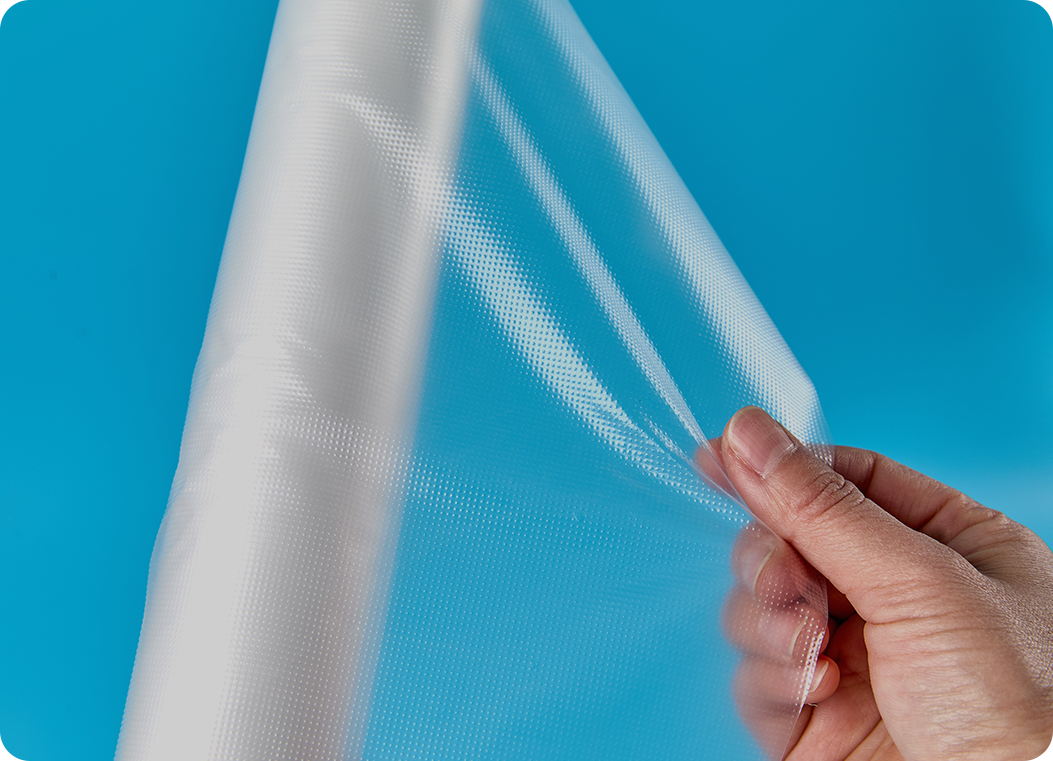
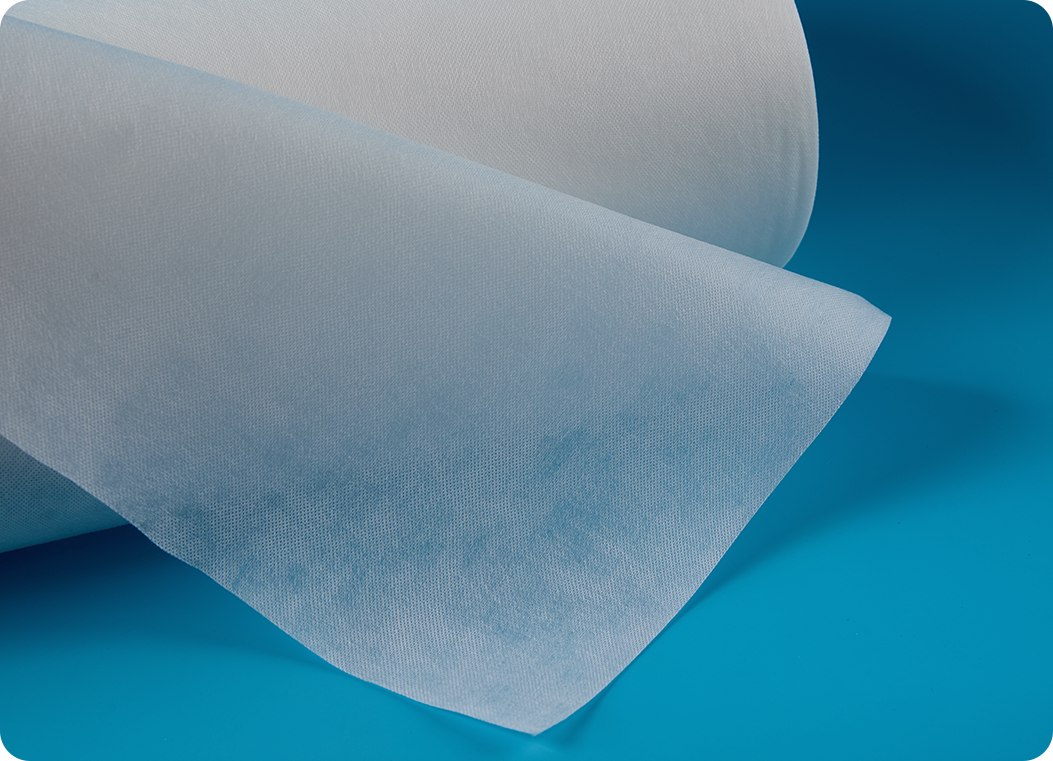
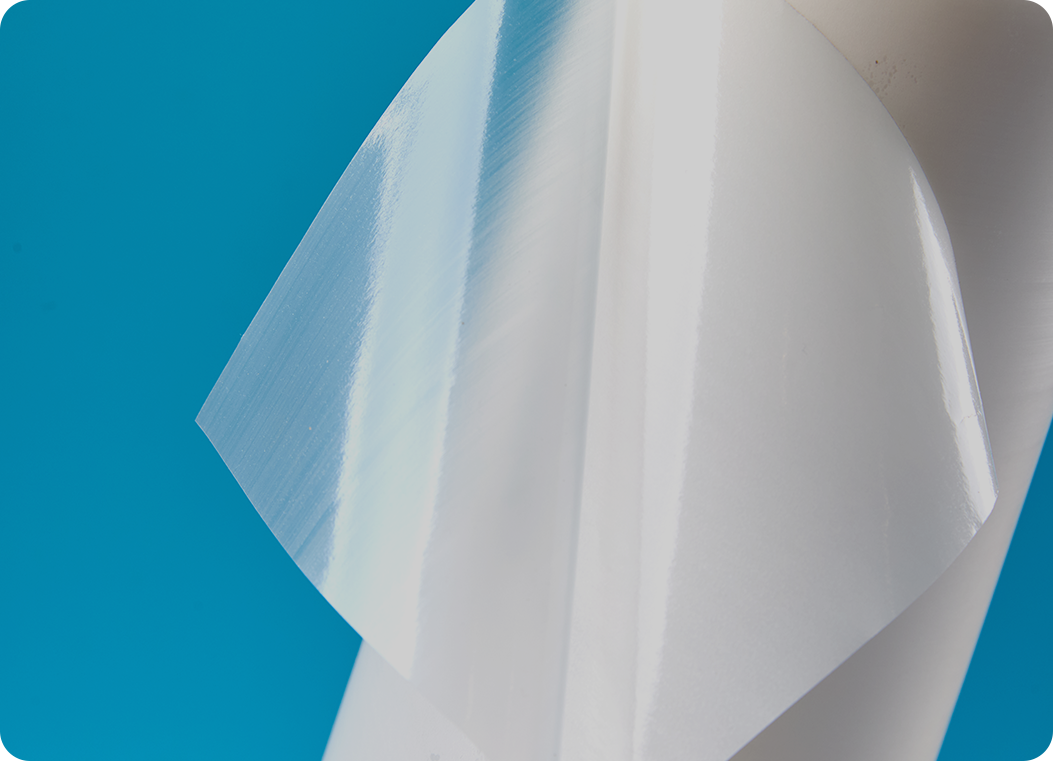
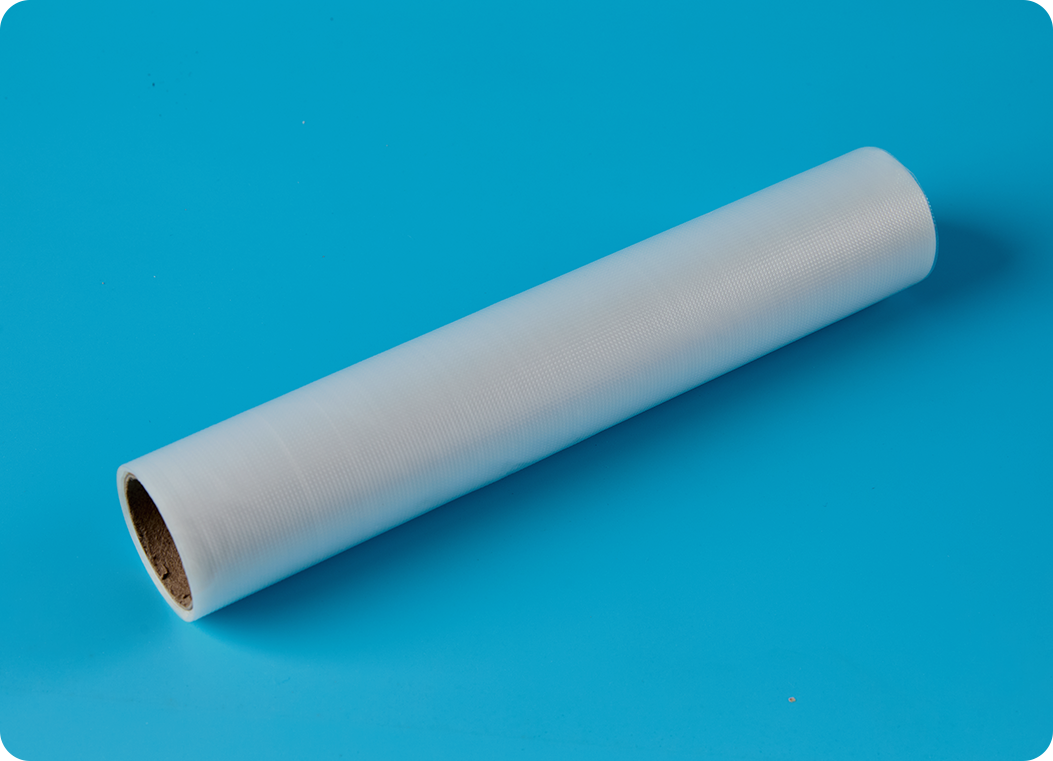
 English
English 中文简体
中文简体 Türk
Türk